
2025: Austin Cruz
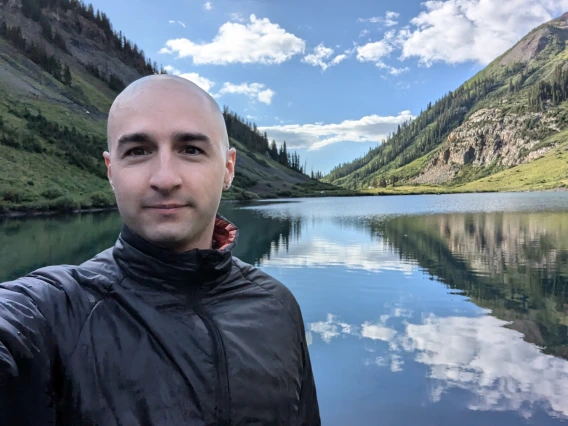
2025: Michael McKibben
I am a Ph.D candidate in the Barker lab within the Department of Ecology and Evolutionary Biology. As a group we are broadly interested in how whole-genome duplications (WGD) impact evolution and adaptation. My research explores how WGD events have shaped both the structure and content of plant genomes. These processes are important because nearly all land plants have experienced at least one WGD in their history, with an average of ~3.5 in each lineage. I leverage machine learning and network to develop novel methods for identifying the duplicate gene content and large structural changes these WGD events produced. I have also shown that the genes originating from WGDs have had a significant impact on the domestication of several crops. My work integrates with other questions members of my lab are interested in, such as how WGDs impact the emergence of traits, chromosome number evolution, and broader patterns of plant diversification.
Moving forward to my post doctoral research, I will be expanding my skill set by training large language models on genomic data to improve our ability to connect genotypes to phenotypes. This has important implications for both our understanding of plant evolution, and how to improve crops to meet global food supply needs. As I move forward to other institutions, my time at the University of Arizona has fostered a desire to raise the voices of my fellow scientists. The power of a global and connected scientific community is the key to growing our knowledge and expanding human potential. This includes the students I have mentored, will mentor, and the colleagues I have the privilege of working with. I would like to thank the Hoshaw family for sharing this vision and supporting my future career.
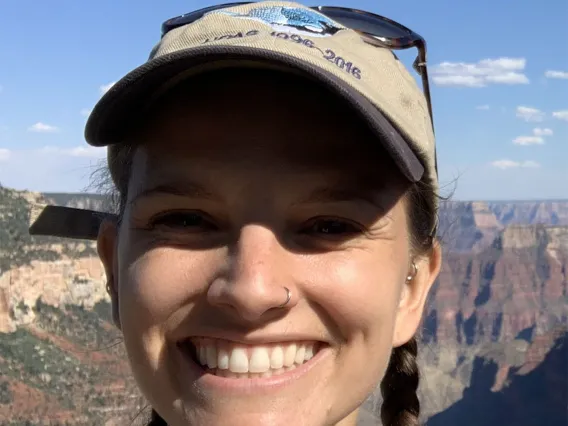
2023: Sarah Britton
Sarah Britton earned a PhD in Ecology and Evolutionary Biology in August 2024. Her dissertation research focused on the evolution of melanin pigmentation plasticity. Using a mostly lab-based physiological perspective, her research investigated proximate functions and costs of melanin pigmentation across multiple environments in an insect system in order to explain the adaptive role of plasticity in this trait. In addition to research, Sarah has a strong interest in teaching and outreach. Sarah is currently a postdoctoral researcher at UC San Diego with Dr. Patrick Rohner where she is continuing to explore the evolution of adaptive plasticity.
Sarah is a Postdoc at University of California, San Diego

2021: Yichao Zeng
Yichao Zeng is a Ph.D. candidate majoring in Ecology and Evolutionary Biology. He started his Ph.D. in 2019, knowing he was interested in fundamental questions in ecology and evolution. During his Ph.D. career, He developed a keen interest in studying species interactions from a macroevolutionary perspective using data-driven and modeling approaches. It also brought him great joy to be involved in a project investigating the origin and diversification of the beloved saguaro cactus. Yichao is enthusiastic about science communication and has written a newspaper article in China Green Time, a nationwide environmental newspaper, explaining his research findings on how different types of species interactions impact macroevolutionary diversification.
Yichao is a Postdoc in the Roman-Palacios lab at University of Arizona.
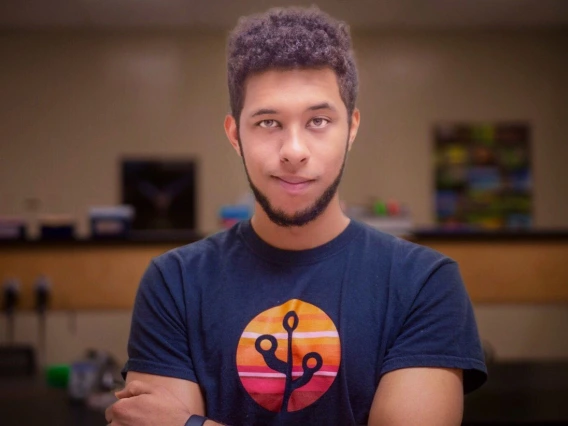
2020: Cristian Román-Palacios
My primary research addresses the effects of traits and geography in driving patterns of species richness across the Tree of Life. Although my current research primary focuses on exploring the drivers of the differences in extant species richness in animals, I have always been fascinated by the myriad of outstanding evolutionary patterns in plants. My research generally lies in the intersection between ecology and evolution. I enjoy inferring phylogenies for different groups and finding out how species are potentially related to each other. Similarly, previous small projects on trophic, reproductive, and geographical patterns of diversity also got me interested in ecology. I also became interested in examining the potential effects of climate change on global species diversity. Research in climate change is exhaustive and requires borrowing or developing tools that relate multiple fields, not only biological ones. The methodological side of projects is what most excites me about research. I love answering questions and I also enjoy figuring out how to.
Cristian is an Assistant Professor in School of Information at University of Arizona.

2019: Zheng Li
Zheng Li graduated with a Ph.D in Ecology and Evolutionary Biology from the University of Arizona in summer, 2020. His research focused on understanding whole genome duplication, a common phenomenon during genome evolution in plants. His study resulted in the discovery of ancient genome duplications that occurred during the evolutionary history of insects, which was published in PNAS in May, 2018. In collaboration with plant scientists around the world, Zheng finished the most complete survey of ancient genome duplications in green plants, and this study was the cover article of Nature in December, 2019.
Outside of his own research, Zheng dedicated himself to serve the science communities. In his last year as a graduate student, he served as the field trip coordinator for Botany 2019 conference in Tucson. He designed and coordinated over fifteen field trips for hundreds of conference participants to explore the biodiversity of the Sonoran Desert.
After graduation, Li joined Dr. Nancy Moran’s lab as a postdoctoral researcher at the University of Texas at Austin. He will continue studying genome evolution of plants and insects in the future.
Li is an Assistant Professor and Herbarium Director at Miami University in Ohio.

2018: Elizabeth Miller
Elizabeth Miller earned her PhD in Ecology and Evolutionary Biology in December 2019. The Hoshaw Award funded her over the summer of 2019 so she could focus on writing her dissertation. Elizabeth studies how hotspots of biodiversity form. Why do some places on Earth, like the Amazon river and Australian coral reefs, have more species than others? To do this, she uses computer programming and evolutionary models to understand how fast new species were generated over time. She focuses on ray-finned fishes, a highly diverse group containing half of all vertebrate species and spanning marine and freshwater habitats. She started an NSF postdoctoral fellowship at the University of Washington in January 2019, where she is comparing species diversification in shallow and deep-sea marine fishes.
Liz will be starting as an Assistant Professor at Ohio State University in August 2025.
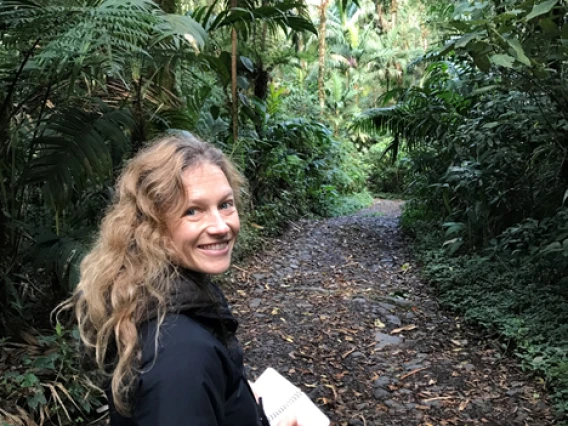
2018: Ahvi Potticary
My research is focused on the role of development and behavior in evolution. Organisms develop and evolve in complex and multi-faceted environments. While the development of the phenotype is generally considered to be due to processes internal to the organism, with the environment acting primarily as a source of selection, phenotypes are produced as a result of reciprocal interactions between internal organismal qualities and the environment. Thus, a phenotype encompasses all of the factors that contribute to its ontogeny. How do local, mechanistic interactions between organisms and their environment influence populations and evolution? What is the role of phenotypic plasticity in evolution? I investigate these questions by leveraging a combination of large-scale ecological field studies and laboratory work, usually in avian systems. I am starting a post-doctoral appointment with Dr. Allen Moore at the University of Georgia investigating behavioral evolution in burying beetles.
Ahvi is an Assistant Professor at Northern Michigan University.

2017: Erik Hanschen
My research addresses the evolution and origins of multicellularity and how that multicellularity affects the evolution of sexual traits. I use comparative genomics to understand how changes in cell cycle regulation and cellular differentiation underlie the evolution of multicellular species. Once multicellularity has evolved, it should cause the evolution of sexual traits including origin of internal fertilization and the origin of male and female, which in turn causes the evolution of morphologically different males and females. My other interests include understanding the evolutionary patterns and genetic mechanisms related to the evolution of hermaphroditism from separate sexes and reversions from hermaphroditism to separate sexes again.
Erik is currently a postdoc at Los Alamos National Laboratory
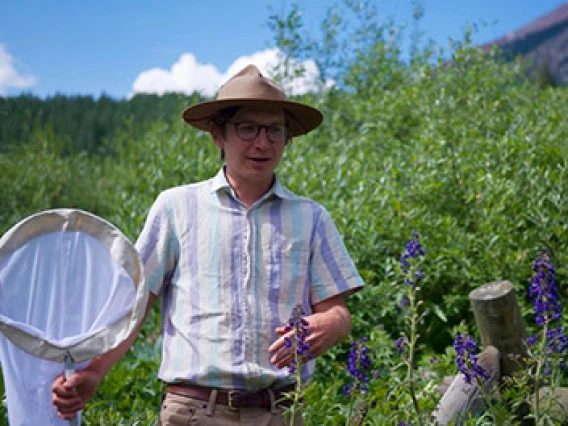
2015: Paul CaraDonna
My research aims to understand the structure and function of ecological communities and species interactions, mostly with plants and pollinators. In doing so, I explore the interplay among biotic context, abiotic variation, and species’ phenologies. I ask how these factors influence plant and animal populations, their interactions, and community structure from a basic ecological perspective and under rapid climate change scenarios.
Paul is currently a Research Scientist at Chicago Botanic Garden and an Assistant Professor at Northwestern University.
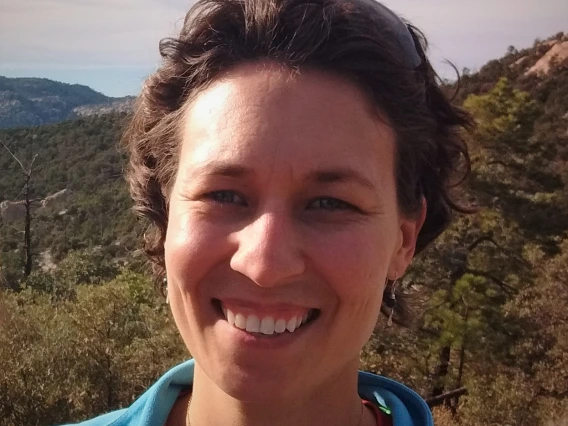
2015: Julie Messier
My dissertation research explores the limits of a trait-based approach to plant ecology by testing its implicit and explicit assumptions. Do do so, I studied the variation and co-variation of physiological trait across biological scales in temperate trees. My work indicates that considering individual variation, phenotypic complexity (integration and multi-dimensionality) and the scale dependence of patterns and processes is key to developing a robust trait-based ecology.
Julie is currently an Assistant Professor at University of Waterloo.
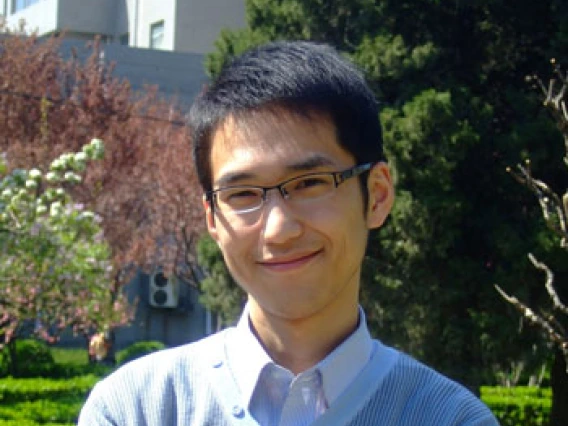
2012: Guanzhu Han
My research addresses the emergence and evolution viruses. Typically, viruses evolve rapidly, which makes it difficult to study their long-term evolution by using contemporary virus sequences. Endogenous viral elements replicate with their hosts' genomes and evolve relatively slowly, preserving the features of ancient viruses. My research involves discovering novel endogenous viral elements within animal genomes to study the deep history of viruses. My other interests include molecular evolutionary analysis of contemporary virus sequences to understand the tempo and mode in virus evolution.
Guanzhu is currently a Professor at the School of Life Sciences, Nanjing Normal University in China.
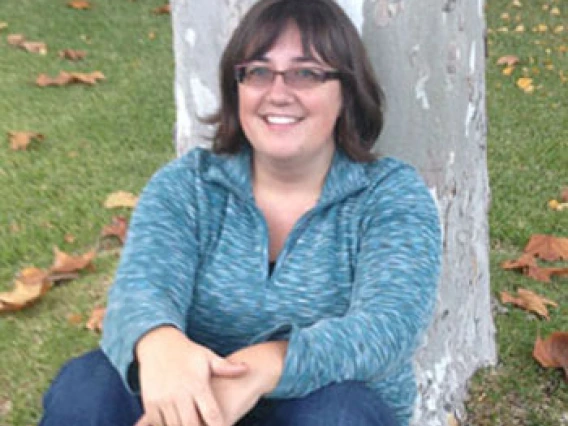
2011: Jennifer Hughes Wisecaver
My dissertation research was on chloroplast evolution and horizontal gene transfer in dinoflagellates, a large group of unicellular eukaryotes common in nearshore, marine environments and known for causing harmful algal blooms (red tides). As part of my research, I used comparative genomics and phylogenomics to identify and quantify cases of horizontal gene transfer (transmission of DNA between different genomes) in dinoflagellates. Over 15% of dinoflagellate genes, including those responsible for toxin production, are derived from bacteria, indicative of rampant horizontal gene transfer in dinoflagellates. For my postdoctoral research I am studying the evolution of secondary metabolic gene clusters in fungi and plant genomes.
Jennifer is currently an Associate Professor at Purdue University.

2008: Matt Herron
My Ph.D. research combined comparative and experimental approaches to understand the evolution of multicellularity and cellular differentiation in the volvocine algae (Volvox and its close relatives). The experimental portion of this research was an artificial selection experiment on a partially differentiated volvocine alga, Pleodorina starrii. I selected independent populations of P. starrii for increased and decreased size in two environments (still and mixed medium) and measured the effect on the proportion of cells differentiated as sterile soma. In the comparative portion of my dissertation, I reconstructed the developmental changes making up the transition from single-celled to multicellular forms in a time-calibrated, phylogenetic framwork. This work showed that some important traits, including cellular differentiation, had multiple, independent origins, as well as reversions from derived back to ancestral states. In addition, estimates of divergence times showed that the origin of multicellularity in this group was at least four times older than previously thought, that the transition to functionally integrated multicellular forms was surprisingly rapid, and that several lineages have been morphologically stable for over 100 million years. Collectively these results make up the most complete and detailed timeline available for any major evolutionary transition.
Matt is currently serving as a Program Director in the Evolutionary Processes Center in the National Science Foundation's Division of Environmental Biology.

2008: Joel Wertheim
Joel is currently an Associate Professor in the Division of Infectious Diseases in the Department of Medicine at the University of California, San Diego. His work focuses on the molecular evolution and phylogenetic of RNA viruses, with special attention to HIV. Recently he has focused on HIV transmission networks, both their construction and dynamics.
Joel graduated with a PhD in 2009 under Dr. Michael Worobey. His dissertation was titled: "Reconstructing the evolutionary history of RNA viruses using related molecular clocks."
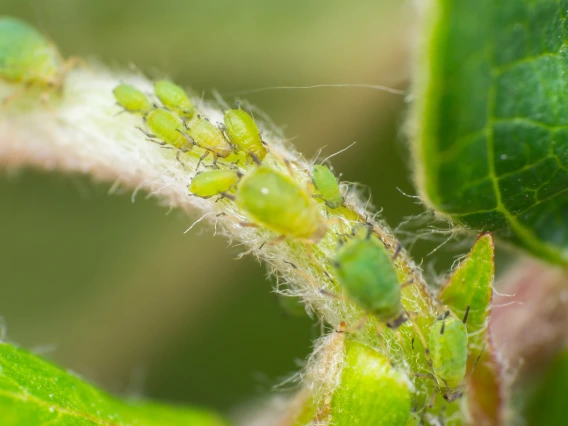
2007: Patrick Degnan
Patrick is currently an Assistant Professor at the University of California, Riverside in the Department of Microbiology and Plant Pathology.
Patrick graduated with a PhD in 2009 under Dr. Nancy Moran. His dissertation was titled: "Evolution and function of endosymbiont genomes."

2007: Nate Swenson
Nate is currently a Professor at the University of Notre Dame and Gillen Director of the University of Notre Dame Environmental Research Center. The goal of the research conducted in the Swenson lab is to leverage the information regarding intra- and inter-specific variation in organismal performance to understand and predict the past, present and future distribution of biodiversity.
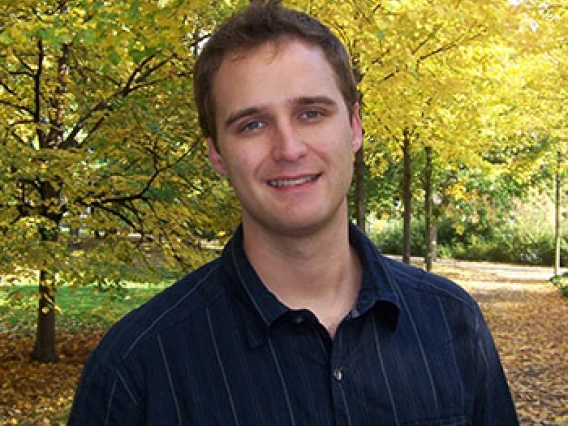
2006: Jeff Good
I received the Robert W. Hoshaw award in 2006 while working in Michael Nachman’s lab on the genetics of speciation in mice. The primary goal of my dissertation was to resolve the genetic basis of male sterility in hybrid mice. I remember this as a very exciting time in speciation research. The recent development of new genomic resources in mice provided a powerful complement to traditional genetic approaches, making it feasible to dissect the genetic basis of complex phenotypes. Ultimately I found that hybrid male sterility was linked to disrupted gene regulation on the X chromosome during a critical step of spermatogenesis. These results provided one of the first direct links between the evolution of this important developmental process and the formation of new species.
It was a privilege to pursue my Ph.D. in the EEB department and receiving the Hoshaw award stands as one of my most meaningful academic achievements. After graduation I continued my research on reproduction and speciation through an international postdoc fellowship at the Max Planck Institute for Evolutionary Anthropology. Now as a faculty member at the University of Montana my lab continues to use evolutionary genetics and genomics to understand speciation and adaptation in animals.
Jeff is currently a Professor at the University of Montana and Director of the University of Montana Genomics Core.

2005: Laura Carsten Conner
Laura Carsten Conner is the Vice Chancellor of Research at University of Alaska Fairbanks. Laura's area of interest include integrating art into science learning (STEAM), science identity, and the value of real and immersive science learning experiences. Laura works in both out-of-school and in-school contexts with educators and youth. While at the University of Arizona, Carsten Conner worked in Dan Papaj’s lab, where she studied how sperm competition influences male reproductive traits, with a special emphasis on the flexibility of those traits. She earned her Ph.D. in 2007.

2004: Jessie Cable
Jessie Young-Robertson is an expert in ecohydrology, terrestrial ecosystems, and the role of boreal and arctic plants in the water cycle. Her research focuses on how changes in the boreal and arctic system (from climate change, shifts in plant species, permafrost thaw, etc.) affect the dynamics of how plants move, store, and flux water. She is currently a Research Assistant Professor at University of Alaska, Fairbanks.
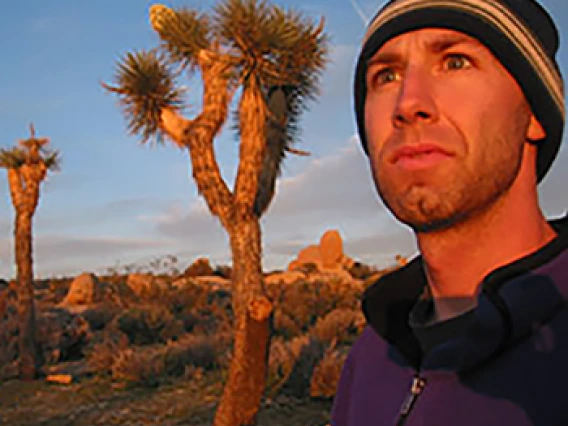
2003: Asher Cutter
When I received the R.W. Hoshaw Award in 2003, my thesis research focused on two areas: genome evolution in the nematode Caenorhabditis elegans and on understanding population sex ratio using C. elegans. Evolutionary genomics was new and exciting, with some of the first means of integrating information on gene expression and sequence changes on a genome-wide scale. And, C. elegans was a magnificent but neglected evolutionary experimental system that I exploited to test and parameterize theory about the role of outcrossing sex within populations that don’t actually need mating partners to reproduce. This work shaped the foundation of all my subsequent research, from my postdoc fellowship in Edinburgh to my current lab at the University of Toronto. I’m continuing to push hard on the Caenorhabditis study system to understand the microevolutionary forces that shape population genomic change, the genetics underlying behavioral divergence and speciation, and higher level biodiversity by discovering and analyzing new species around the world.
Asher is currently a Professor at University of Toronto.
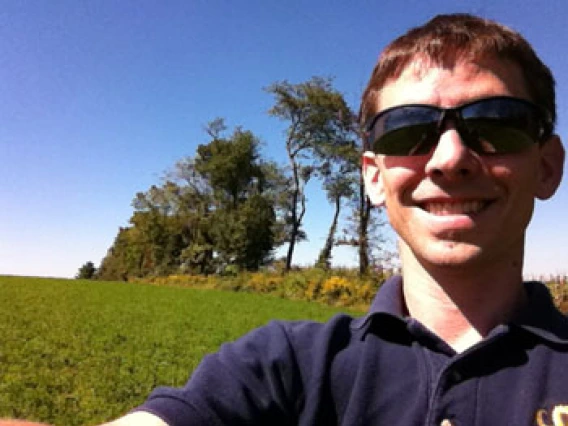
2003: Jacob Russell
When I received the Hoshaw award, I studied maternally transmitted symbionts of aphids in the laboratory of Nancy Moran. My goals were to elucidate their functions, their capacity for spread across species, and their histories of interactions across the aphids. We found that some of these symbionts may protect aphids from high temperatures and that these bacteria have frequently undergone host-switching across aphid species. Furthermore, we demonstrated through lab experiments that symbionts seem readily capable of stably colonizing new host aphids after experimental transfer.
I am currently studying these symbionts in natural populations of pea aphids, in an attempt to quantify their natural dynamics and the forces that likely drive these dynamics. I also study symbiotic gut communities of various animals, including ants. While not ubiquitous, several groups of ants appear to engage in long-standing symbioses with specialized gut bacteria. We are currently studying the functional roles of these microbes as a way to better understand the roles of bacteria in ant ecology and evolution.
Jacob is currently a Professor at Drexel University.
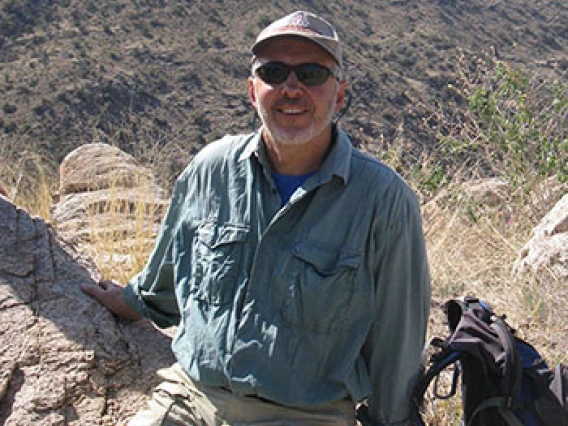
2001: Don Falk
Don Falk is a Professor in the University of Arizona School of Natural Resources and the Environment, with joint appointments in the Laboratory of Tree-Ring Research, the Institute of the Environment, and Global Change Graduate Interdisciplinary Program. Don’s research focuses on fire history, fire ecology, and restoration ecology in a changing world. Falk is a AAAS Fellow, and has received the Fulbright Short-Term Scholar award, the Ecological Society of America’s Deevey Award for outstanding graduate work in paleoecology, and awards from his School for both Outstanding Scholarly contributions and Outstanding Course (Introduction to Wildland Fire). In an earlier life Don was co-founder and Executive Director of the Center for Plant Conservation, originally at Arnold Arboretum of Harvard University and now at Missouri Botanical Garden; he served subsequently as the first Executive Director of the Society for Ecological Restoration International (SER), of which he was also a founding Board member. His recent books include Foundations of Restoration Ecology (edited with Margaret Palmer and Joy Zedler), and The Landscape Ecology of Fire (edited with Don McKenzie and Carol Miller). Don is a member of the Executive Board of the Southwest Fire Science Consortium.

2000: Eileen Hebets
Eileen Hebets is a Professor at the University of Nebraska - Lincoln. Eileen's research program focuses on understanding the diversity associated with communication systems, with much of her current concentration on intra-specific communication relating to reproductive behavior. Research in her laboratory uses various arachnid groups to ask questions relating to the evolution and function of animal signals.

1999: Betsy Arnold
Betsy Arnold came to EEB after completing her undergraduate studies at Duke and a post-baccalaureate position at the Smithsonian Tropical Research Institute in Panama. Her dissertation work focused on the diversity and ecological roles of fungal endophytes, which are now acknowledged as one of the most ubiquitous groups of plant symbionts. After completing her degree under the mentorship of Lucinda McDade, Betsy returned to Duke as an NSF Microbial Biology postdoc to study the evolution of endophytism. With François Lutzoni she expanded her focus to include endophytes in temperate and boreal biomes, and endophyte-like symbionts in lichens. She joined the faculty in Plant Sciences at the UA in 2005. She is now an Associate Professor and serves as Curator of the Gilbertson Mycological Herbarium. She is an award-winning teacher, mentors graduate students and postdocs, and has been recognized for her outstanding contributions to mycology through both national and international awards.
Betsy is currently a Professor and Curator, RLG Mycological Herbarium at University of Arizona.

1998: Patrick Abbot
When I received the award, I was finishing up work on trying to define clone-specific molecular markers in a species of "social" aphid. These aphids live in groups composed of a single reproductive female and her daughters. The female produces these daughters asexually. Thus, sociality in these clonal groups seemed to confirm aspects of Hamilton's theory for the evolution of altruism in highly-related groups. Anecdotal evidence had suggested, however, that individual aphids move between groups, reducing relatedness. But by how much? What was the pattern? Only molecular markers could answer such questions. After 4 difficult years, I finally had success in the lab, and the results were published in PNAS about the same time that the award was announced. I completely surprised when I heard that I would receive the award. After being quite certain that I was a complete failure after 4 years of struggle, it remains one of my most cherished accomplishments.
Patrick is currently a Associate Professor at Vanderbilt.

1997: Yaron Ziv
One of the major challenges in ecology is to explore large-scale biodiversity patterns, which are dependent on ecological and evolutionary processes operating at multi scales. For my PhD in EEB I designed, implemented and run a spatially explicit, multi-species, process-based, object-oriented landscape simulation model (SHALOM), building upon major lessons from fields such as metapopulation dynamics and landscape ecology. Processes of SHALOM are modeled on local (habitat match, saturation, competition) and global (fitness-optimizing migration and environmental stochasticity) scales. Simulation results showed that habitat heterogeneity and allometric differences between species are enough to produce some common large-scale patters, such as the long-normal relationship between body size and species abundance. Results also provided important insights regarding landscape-oriented community structure under different scale-dependent processes.
Yaron is currently a Professor at Ben-Gurion University (Israel) and Adjunct Faculty Member at Arizona State University.
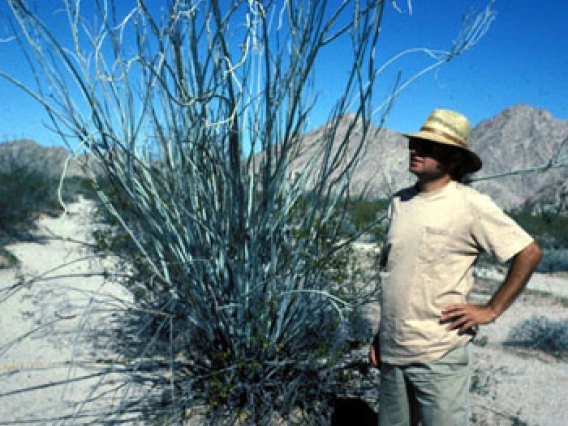
1996: Mark Fishbein
As a graduate student in EEB in the early-mid 1990s, I conducted research on plant pollination and the evolution of floral displays (the natural arrangement of flowers on a plant into different sized bunches). I conducted these studies on a native milkweed called butterflyweed (Asclepias tuberosa) at The Nature Conservancy's Canelo Hills Preserve, on the west side of the Huachuca Mountains. The motivation of this work was to test how sexual selection operates in plants that have both male and female reproductive structures on the same individual. I also conducted a phylogenetic study of the milkweeds, based on study of morphological characteristics of over 100 species, which involved fieldwork throughout the US and northwest Mexico.
Mark is currently a Department Head, Regents Professor, and Herbarium Director at Oklahoma State University.
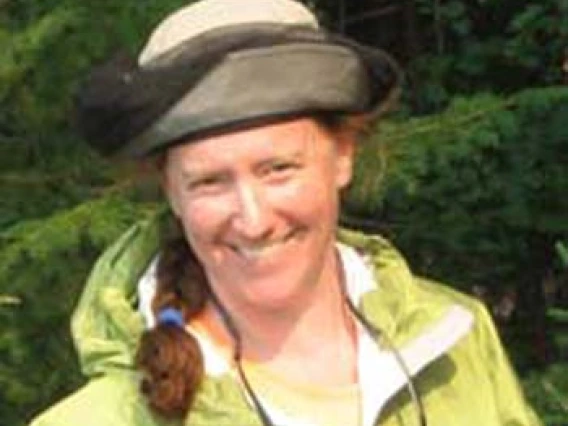
1996: Andrea Lloyd
When I received the Hoshaw Scholarship, I was working on my dissertation research on the paleoecology of treeline forests in the eastern Sierra Nevada. I used tree rings to reconstruct the historical pattern of range expansions and contractions of foxtail pine (Pinus balfouriana) during the late Holocene. At many sites in the eastern Sierra Nevada, dead 'ghost forests' of foxtail pine still persist above the current elevation of treeline. Using tree-ring dating, I was able to determine that the trees in these forests died off during a period of very dry conditions approximately 1,000 years ago. My dissertation research verified the importance of climate as a long-term control over treeline position, but yielded the unexpected insight that dry conditions— as well as cold conditions— could lead to a contraction of treeline.
Andrea is currently a pastor of the Trinitarian Congregational Parish of Castine. She received her M. Div. from Yale Divinity School, after 20+ years in higher education as Biology Professor and Dean of Faculty at Middlebury College.
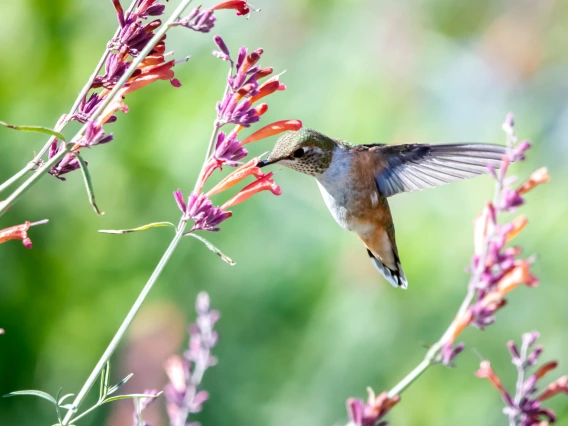
1995: Elizabeth Sandlin
Elizabeth received a PhD in 1999 under Dr. Michael Rosenzweig. Elizabeth's dissertation was titled "Information use and species interactions in a hummingbird guild."

1994: Susanne Schwinning
Susanne is currently a Professor at Texas State University. Susanne's lab examines terrestrial plant dynamics from the individual plant to the community level through the lens of plant water relations. Susanne received a PhD in 1994 under Dr. Rob Robichaux. Susanne's dissertation was titled "The effects of competitive symmetry on populations of annual plants."

